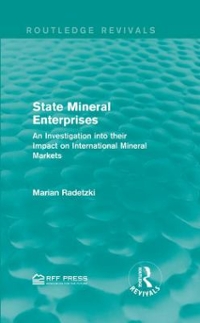Kindly show your workings
Consider a person with the following utility function over wealth: u(w) = el, where e is the exponential function (approximately equal to 2.7183) and w = wealth in hundreds of thousands of dollars. Suppose that this person has a 40% chance of wealth of $100,000 and a 60% chance of wealth of $2,000,000 as summarized by P(0.40, $100,000, $2,000,000). a. What is the expected value of wealth? b. Construct a graph of this utility function (recall your excel?). C. Is this person risk averse, risk neutral, or a risk seeker? d. What is this person's certainty equivalent for the prospect?Problem 1 Suppose that a person has a utility function of U(W) - W 04, where W is that person's level of wealth. Answer the following questions, and write your answers in the Answer Sheet, What is the general nature of the person's risk attitude: risk-averse, risk-neutral, or risk-loving? What is the Arrow-Pratt measure of absolute risk aversion (ARA) for this person? What is the Arrow-Pratt measure of relative risk aversion (RRA) for this person? . Suppose that this person starts with wealth of W= $100. He is offered a gamble. He has a 50% chance of winning, in which case he ends up with $400 (his original $100, plus a $300 prize). If he loses (50% chance), then he ends up with nothing (W = $0), having lost all of his money. o Based on expected utility theory and this person's utility function, will the person take the gamble: yes or no?3. Consider a person with the following utility function over wealth: u(w) - In(w), where In is the natural logarithm and w = wealth in hundreds of thousands of dollars. Suppose that this person has a 40% chance of wealth of $50,000 and a 60% chance of wealth of $1.000,000 as summarized by P(0.40, $50,000, $1,000,000) What is the expected value of wealth? b. Is this person risk averse, risk neutral, or a risk seeker? c. What is this person's certainty equivalent for the prospect?Problem 2 Suppose that a person has a utility function of U(W) = W, where W is that person's level of wealth. Answer the following questions, and write your answers in the Answer Sheet. What is the general nature of the person's risk attitude: risk-averse, risk-neutral, or risk-loving? What is the Arrow-Pratt measure of absolute risk aversion (ARA) for this person? What is the Arrow-Pratt measure of relative risk aversion (RRA) for this person? Suppose that this person starts with wealth of W = $100. He is offered a gamble. He has a 50% chance of winning, in which case he ends up with $400 (his original $100, plus a $300 prize). If he loses (50% chance), then he ends up with nothing (W = $0), having lost all of his money. Based on expected utility theory and this person's utility function, will the person take the gamble: yes or no










